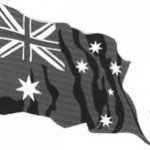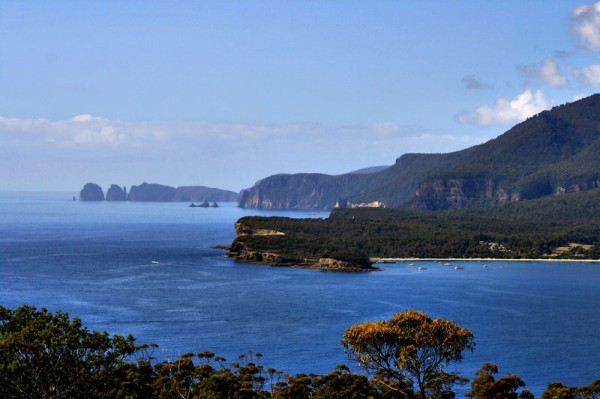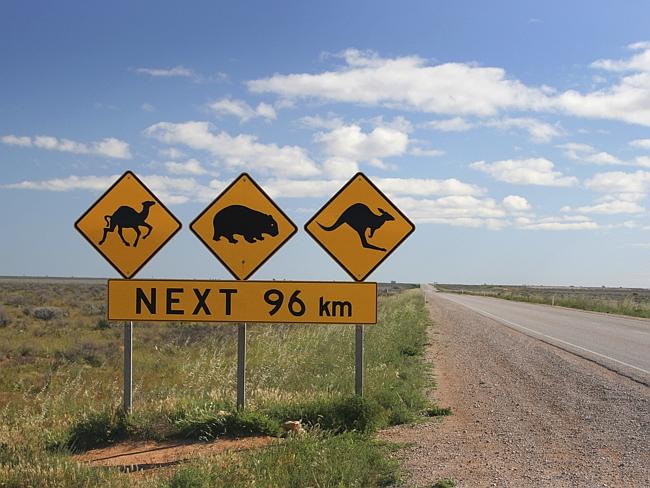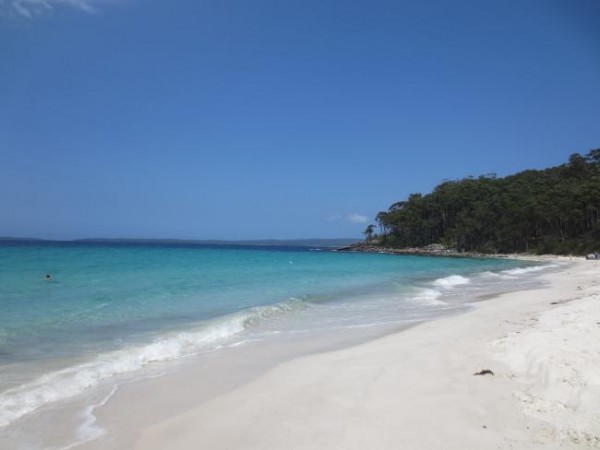Interwar period, Australia
12 Февраль, 2010
 After the war, the country was experiencing an economic boom. В 1923 starting a business, "Holden" marked the beginning of the Australian automotive industry. В 1925 "Ford" has opened a branch on the maInland. The development received and other new industries, including electricity.
After the war, the country was experiencing an economic boom. В 1923 starting a business, "Holden" marked the beginning of the Australian automotive industry. В 1925 "Ford" has opened a branch on the maInland. The development received and other new industries, including electricity.
In 1927 trade unions were united in the Australian Council of Trade Unions.
During the post-war boom has increased the influx of emigrants into the country. By the early 30's the population reached 6,5 millions of people.
In 1919 The Agrarian Party was formed, headed by E.Peydzhem, which quickly won the votes of rural voters.
In the early 20's there was a radicalization of the Australian Labor Party (ALP), which became the advocate for the socialization of the economy, State control and transfer of enterprises collectives of workers. These requirements are maintained, and trade unions.
In 1920-1922 the Australian Socialist Party was transformed into the Communist Party of Australia (Kpa).
In 1923 under pressure from farmers w. Hughes resigned. Power passed to a coalition Government of nationalists and agrarians, headed by c. Brousseau (1923-1929). On the eve of the great depression, when labour returned to power. But the Government of d. Skellina is not decided on the radical methods of dealing with the economic crisis, rejecting the implementation of the programme of the party.
Arbitration Court lowered the salary to 10% even in the face of currency depreciation. At the same time, expanded public works, and farmers got loans Federal Bank. In 1931 ALP split again, and in an election won by the United labour party (ARS) led by d. Lajsom, remaining in power until his death in April 1939, When he was replaced by a new leader of the ARS r. Mezis.
During the great depression, the export orientation of the economy has led to heavy losses. Exports went down by half. Millions of people ruined, one third of the working population was without work, wages fell by one fifth of the. In 1934 acute crisis is over, but the growth of the economy was going very slow. Against the backdrop of the fall of the livestock export industry has grown slowly.
The social situation during the great depression worsened again. Arbitration system gave glitches. In 1929 clashes between miners and strikebreakers in Rotberri led to the police shooting of workers. 40 people were injured, one killed.
Standard of living gradually stabilized only in the mid-30, The Second World War and even caused some to increase due to the growth of military orders. Nevertheless, much of the urban population continued to live in shelters made of tin, explained that the shortage of building materials and other poverty.
This is also interesting:
















